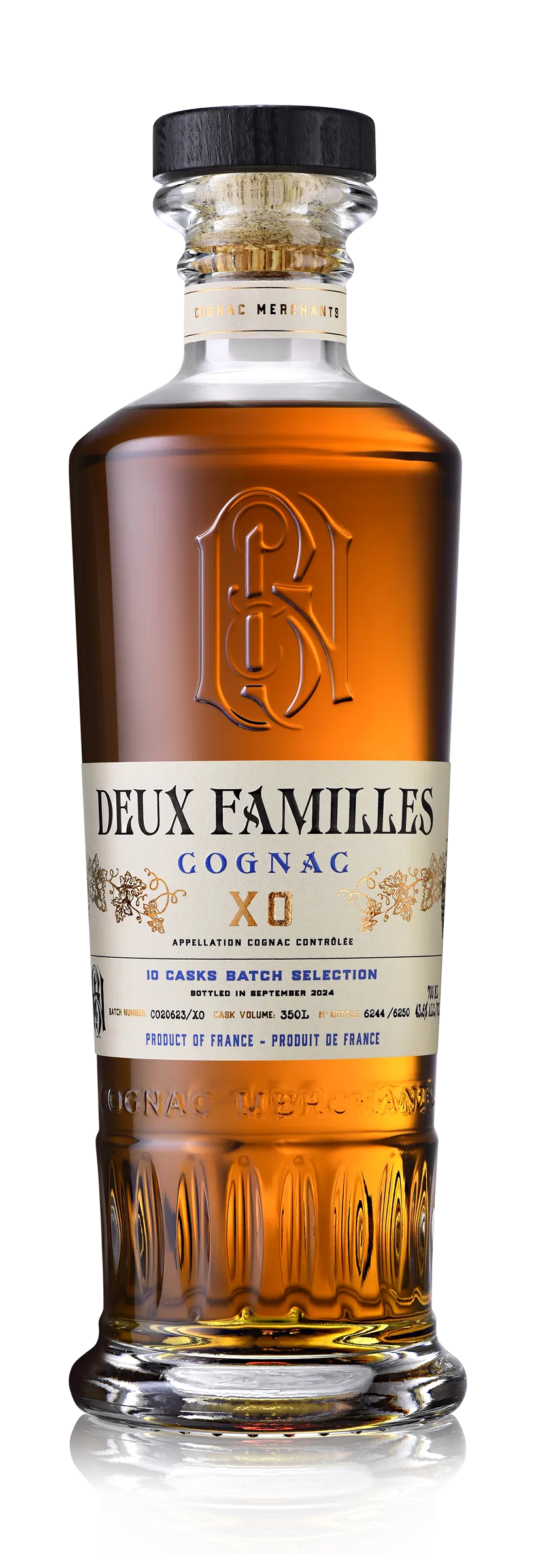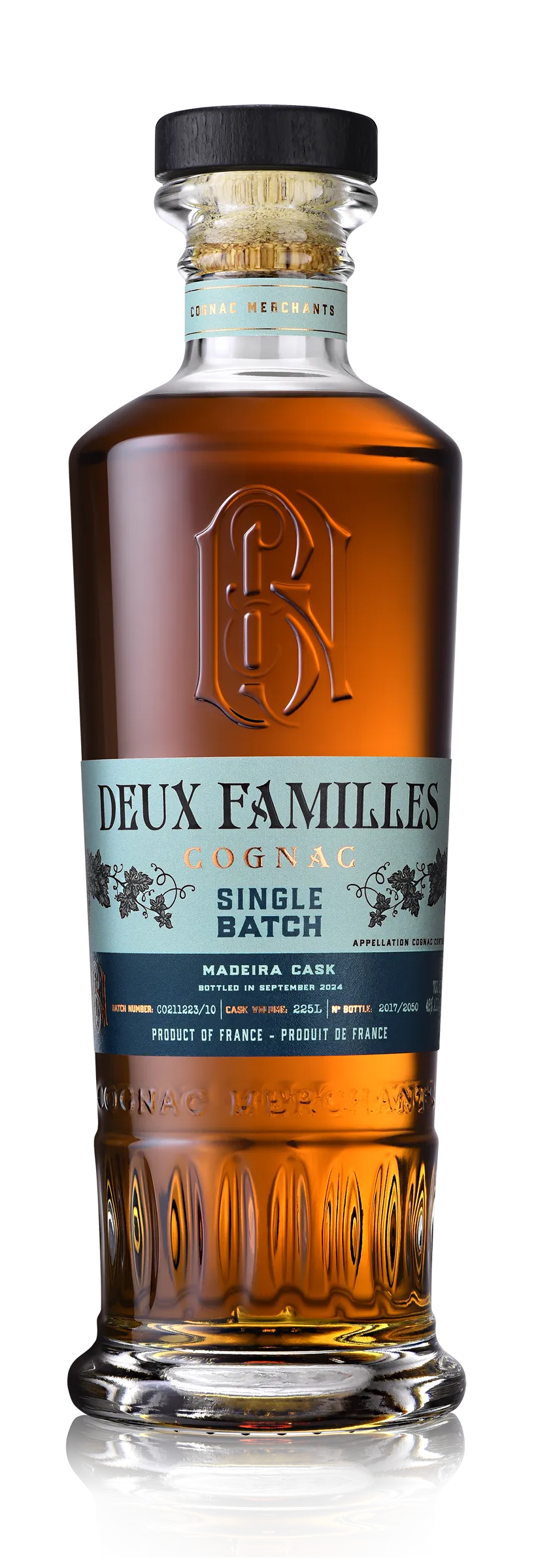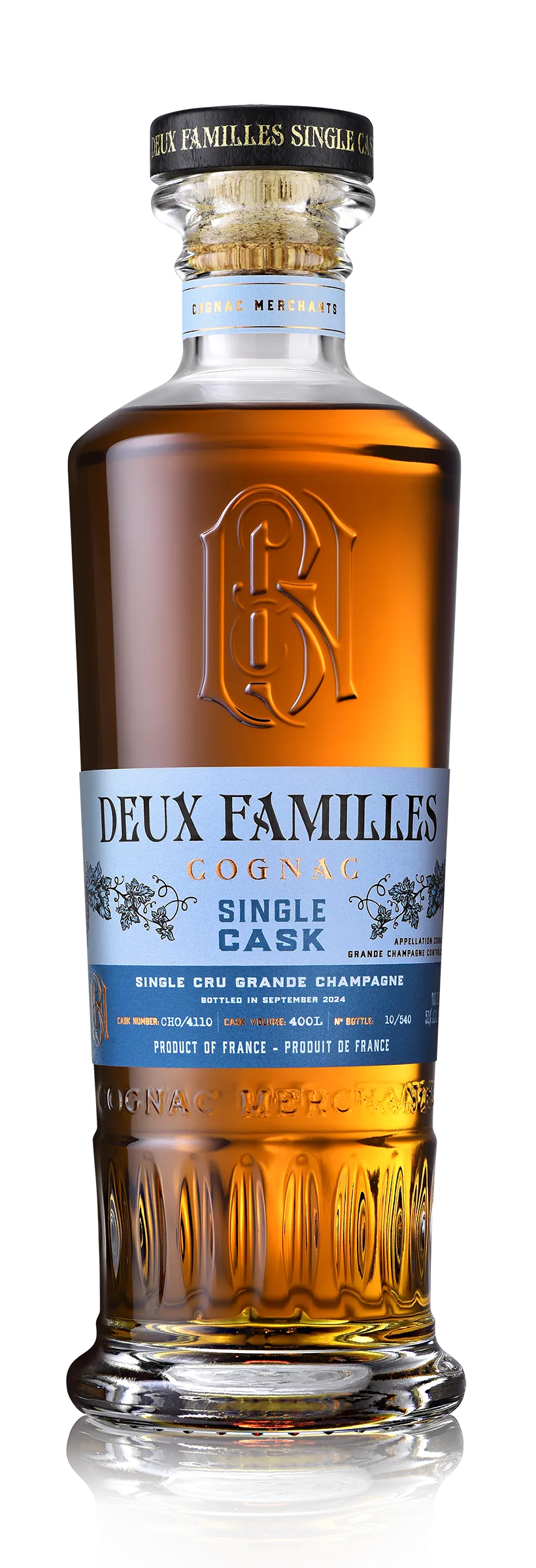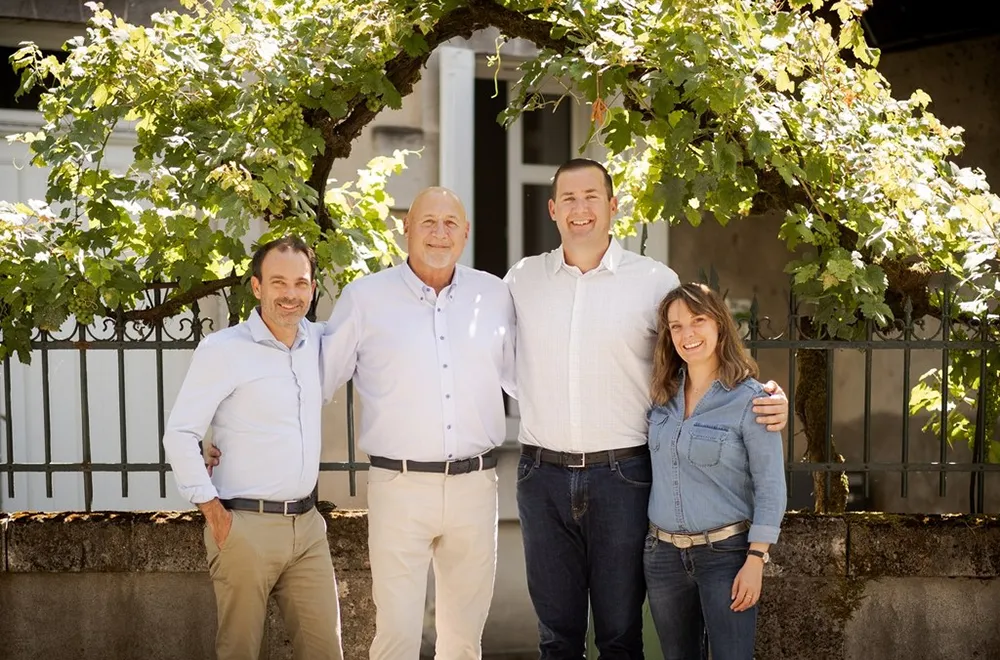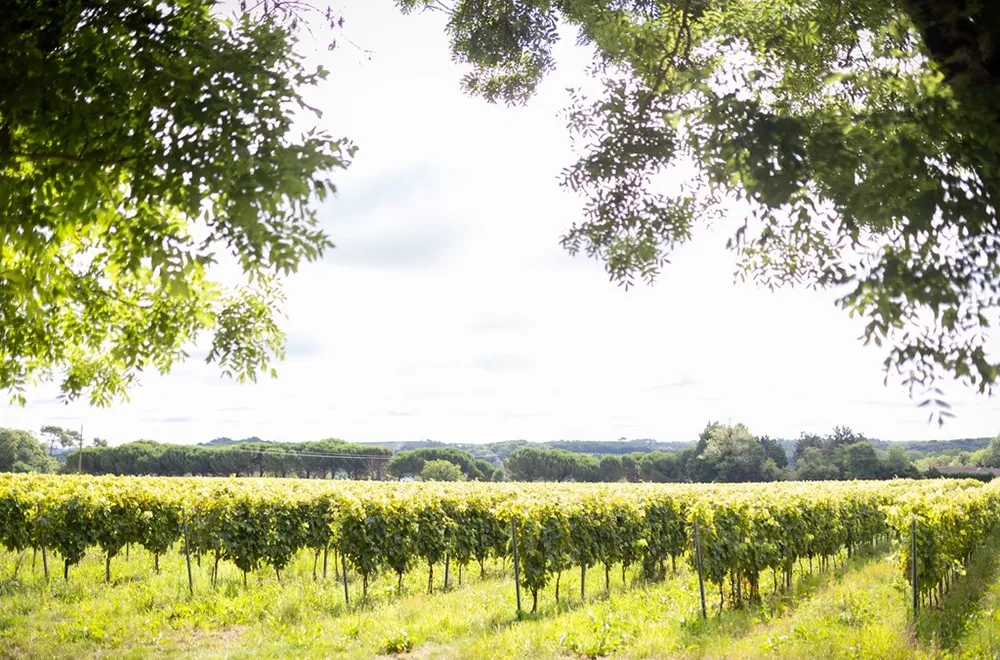
All about Cognac
Origin
Cognac is a brandy but from the very specific region of Cognac. The city gave its name to this exceptional spirit, which is renowned for its excellence. Since the 15th century, when the Dutch introduced distillation to preserve the quality of wines during transport, distillers have improved their distillation techniques and alembics, creating the “double distillation” process. This know-how enabled the development of Cognac companies and the growth of an international market.
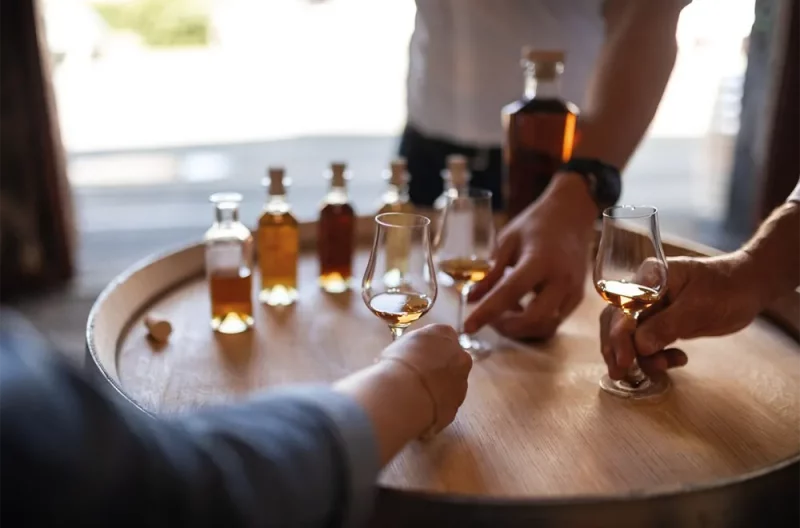
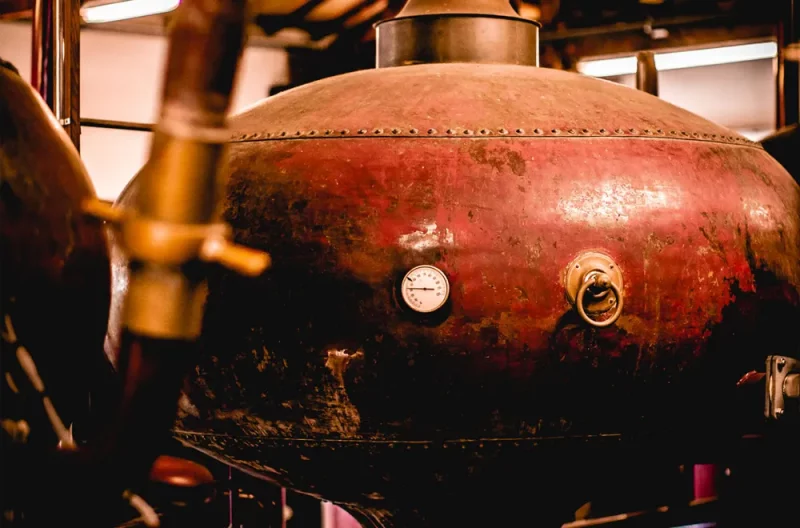
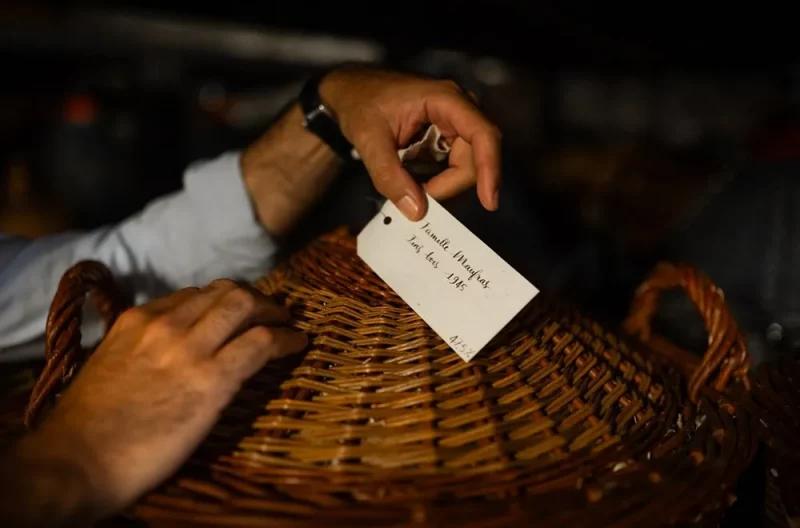
Uniqueness of Cognac
As a Geographical Indication since 1909, Cognac can only be produced within a designated geographical area, and its production is governed by strict specifications.
The 212,960 acres of Cognac vineyards are divided into six crus. It is the combination of the oceanic climate and the soil characteristics (limestone and clay) that makes the Cognac terroirs so unique. The majority of the vineyards are made up of Ugni Blanc white grapes (98%), but there are also other varieties such as Folle Blanche and Colombard. Their distinctive characteristics include low sugar content and high acidity, which are essential to meet Cognac distillation requirements.
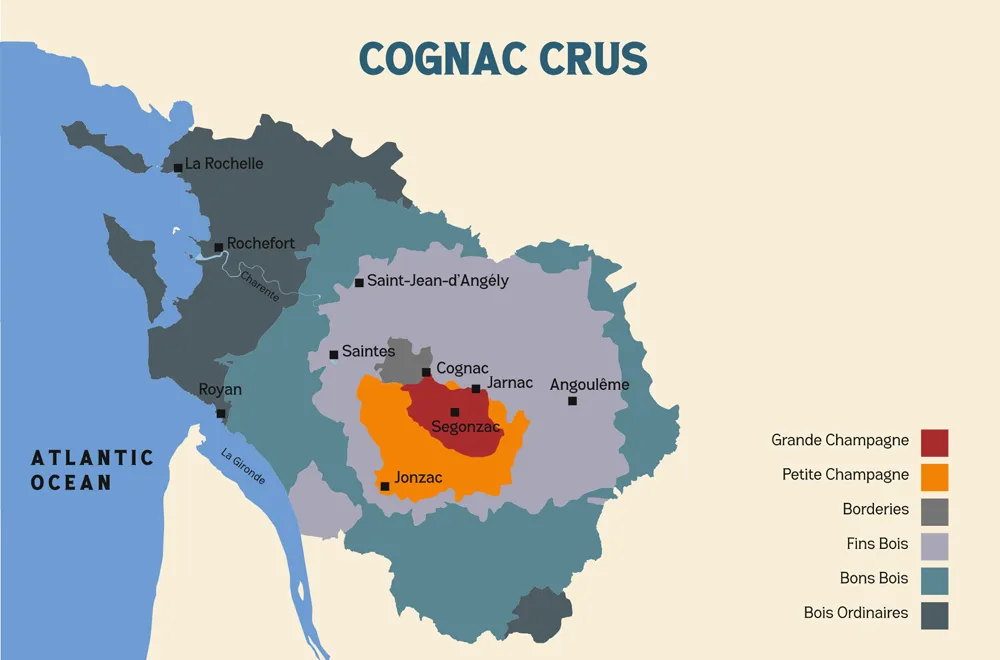
Know-how at Every Step
Harvesting generally takes place in early October. The grapes must has to be between 9% and 10.5% ABV for optimal concentration of aromas and relatively high acidity, which is key for the natural preservation of the wine. No chaptalization (addition of sugar to the must) or addition of sulfites is allowed by the Geographical Indication specifications.
Cognac distillation must be completed no later than March 31 of the year following the harvest. A double distillation is performed using traditional copper stills. At the end of the second distillation, known as “bonne chauffe,” only the “cœur de chauffe” (heart of the second distillation) is collected. The eau-de-vie has a maximum strength of 73.7% ABV and will be placed in casks to become Cognac.
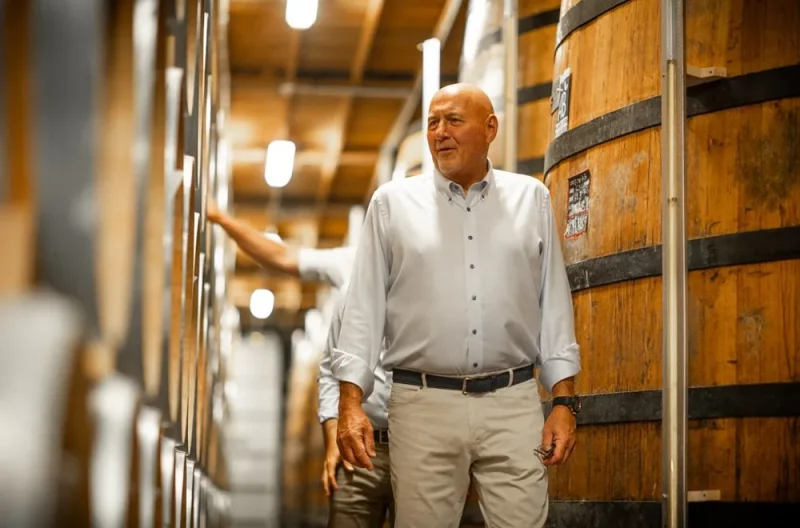
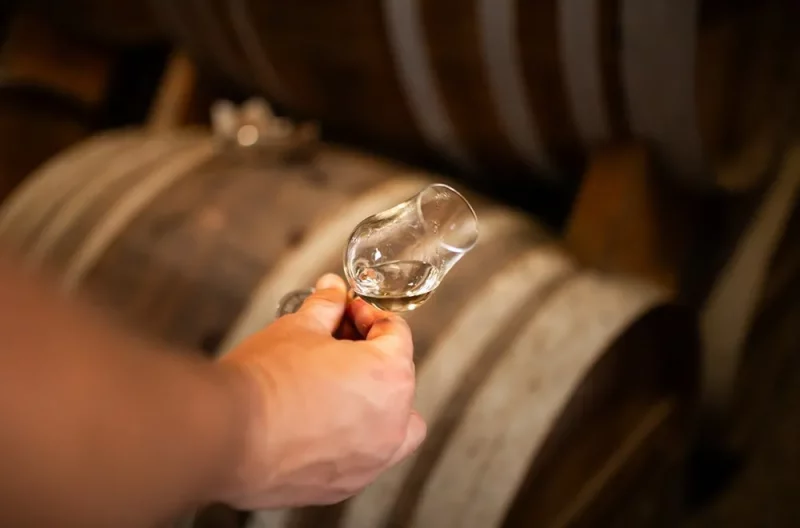
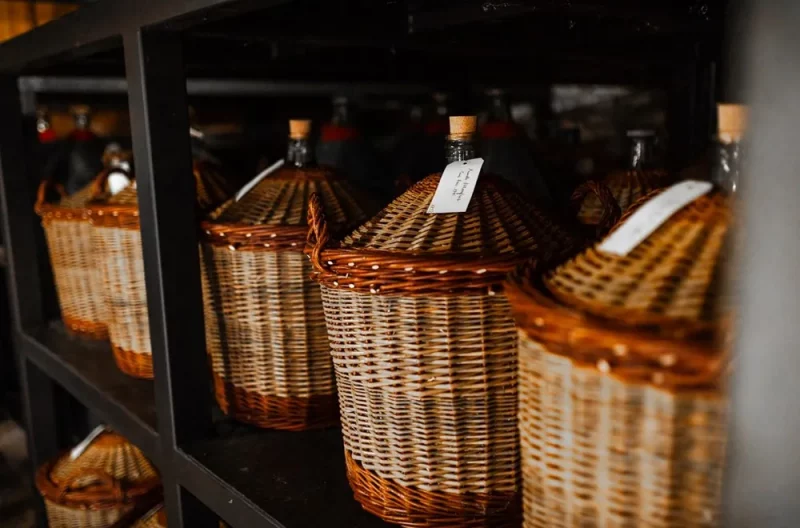
Next comes the aging process. Once distilled, the eau-de-vie is placed in barrels to start its aging, which may last several decades. According to the Geographical Indication specifications, after distillation, the Cognac eaux-de-vie must be placed only in oak barrels. The choice of casks (wide or fine grain oak and toasting techniques) is essential to develop the organoleptic profiles expected by the Cellar Master.
Additionally, the characteristics of the cellar, such as humidity, atmospheric conditions, and layout, will influence the wood of the barrels and, consequently, the aging of the Cognac.
Once the Cognac has completed its aging process and the barrels can no longer impart any benefit to the eau-de-vie, it is transferred into demijohns. Once bottled, the Cognac will not evolve any further. Typically, the demijohns are placed in the “Paradise,” which is the cellar where the oldest eaux-de-vie are stored.
The “Angel’s share”
Refers to the evaporation of alcohol. Each year, Cognac producers estimate a loss of about 3 to 4% of the maturing eaux-de-vie into the atmosphere. In other words, the equivalent of around 32.7 million bottles is stolen by the angels.
Blending is a critical moment for finalizing a Cognac: it is during this stage that the Cellar Master creates the signature blends for which each Cognac House is known. The Cellar Master composes his blends using eaux-de-vie from different crus and various ages.
The Cognac specifications authorize specific aging designations based on the age of the youngest eau-de-vie in the blend. The best-known aging designations are:
VS
The youngest eau-de-vie in the blend must be at least 2 years old.
VSOP
The youngest eau-de-vie in the blend must be at least 4 years old.
XO
The youngest eau-de-vie in the blend must be at least 10 years old.
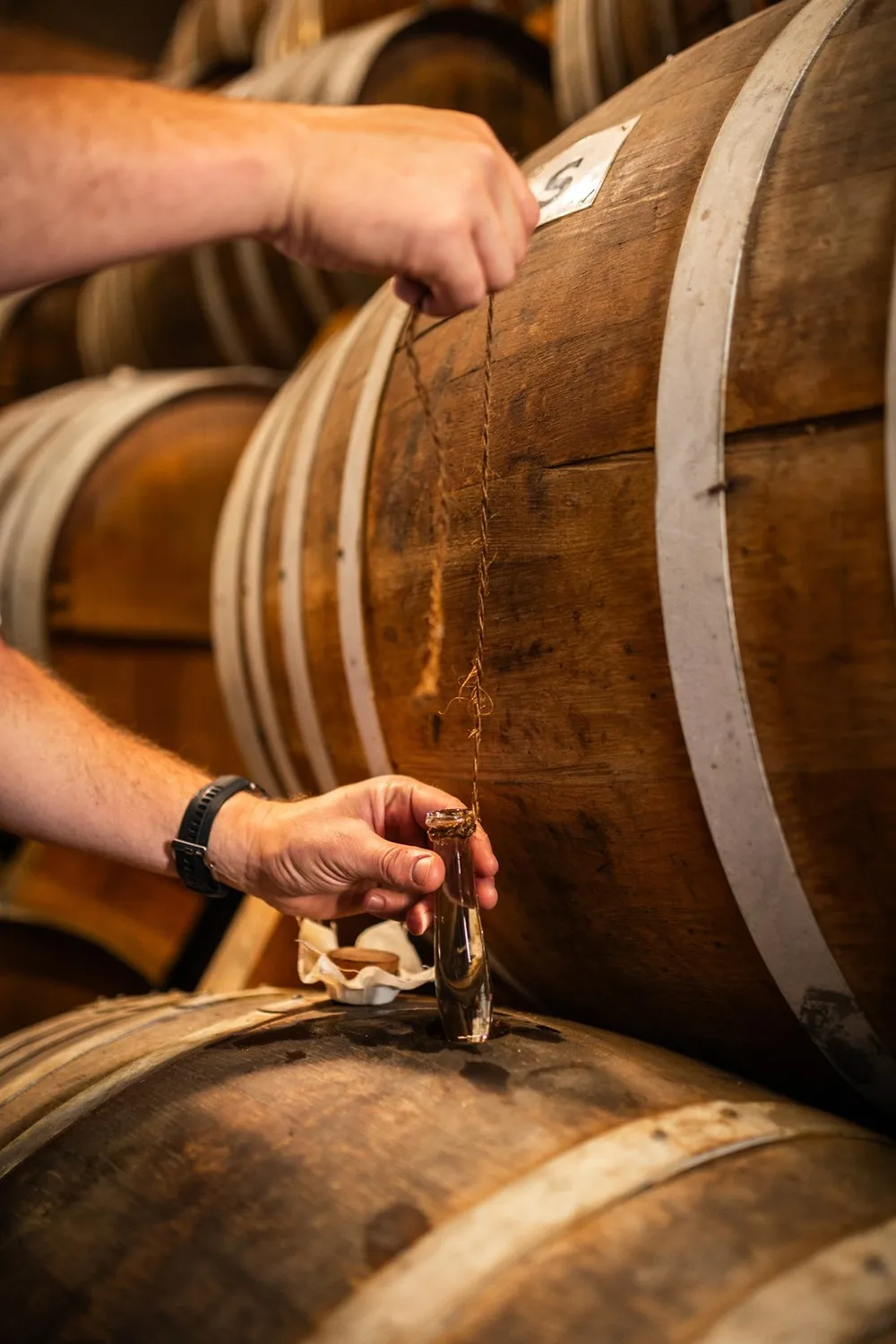
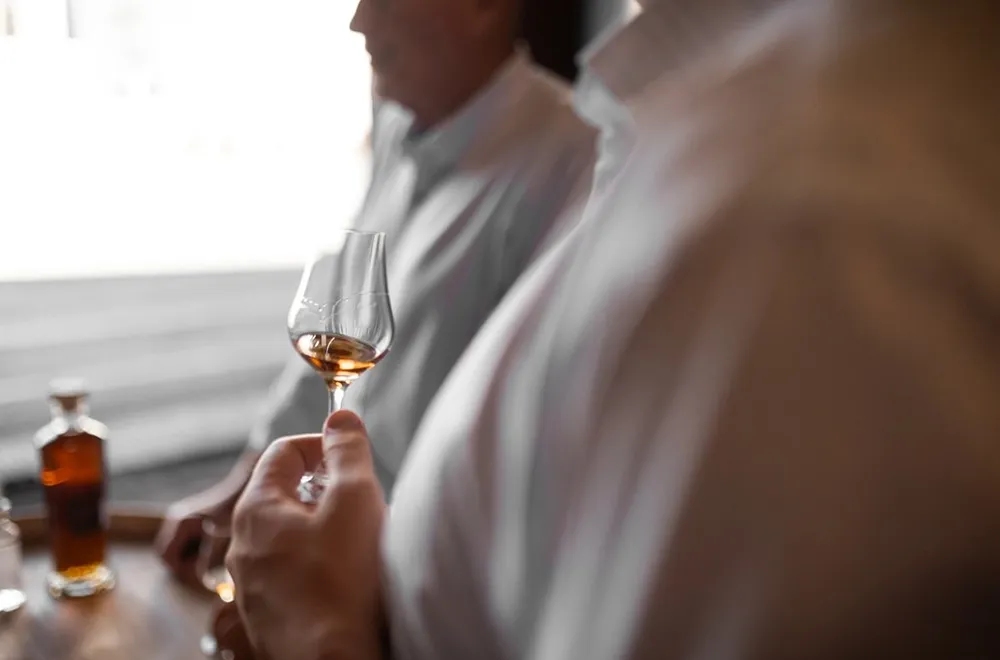
Cognac today
97% of Cognac is exported to nearly 150 countries.
In 2024, 161.3 million bottles were sold, generating sales of 3.1 billion euros (approximately one bottle sold every 5 seconds). 80% of Cognac is enjoyed in cocktails worldwide, but it can also be enjoyed neat or on the rocks!
Each of the many types of Cognac has its own unique personality.
To make the most of your Cognac tasting experience, take the time to observe its color, appearance, and aromas, and then savor its delightful flavors. The wide range of aromas never fails to surprise, engaging the senses and evoking memories. From the appearance to the nose and palate, tasting Cognac is an exercise in subtlety and finesse. Enjoy it responsibly, and create your own experience.
Source for figures : cognac.fr, 2024

Our Deux Familles Cognacs
X0
10 casks batch selection
Single Batch
Madeira Cask
Single Cask
Single Cru Grande Champagne
